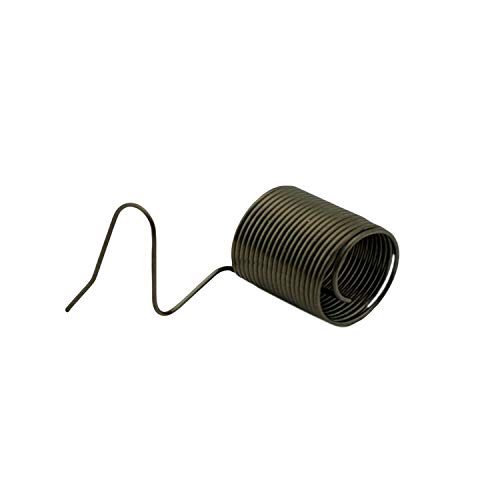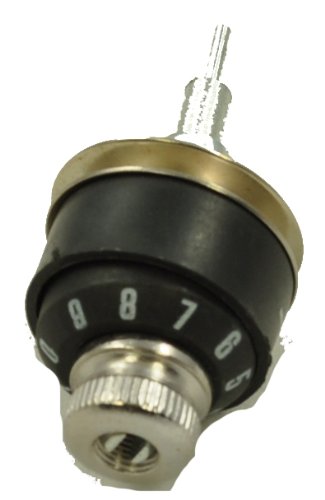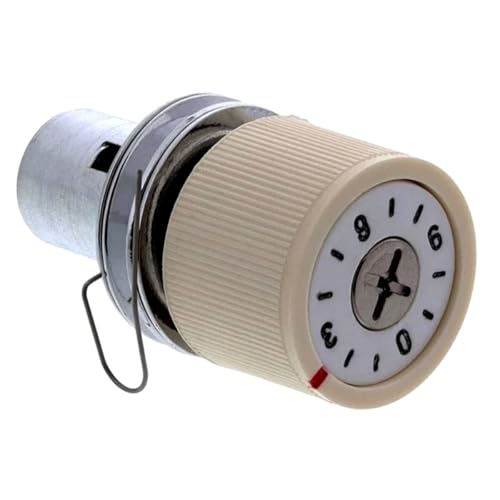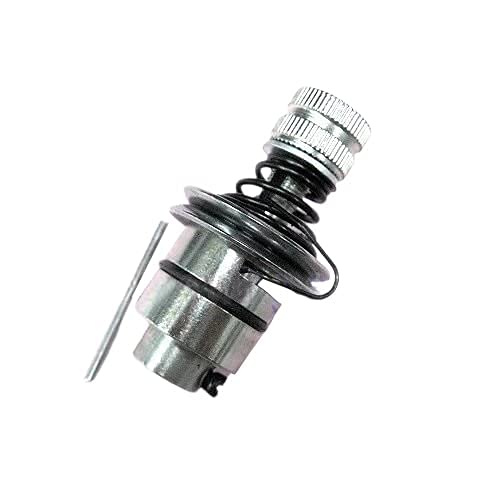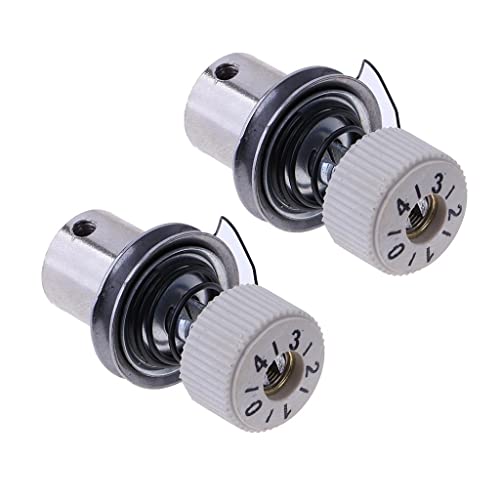Ever found yourself frustrated with your sewing machine’s tension? You’re not alone. Sewing machine tension issues can turn a simple project into a daunting task, leaving you with uneven stitches and a lot of wasted time. But don’t worry, fixing tension problems isn’t as complicated as it seems.
Understanding Sewing Machine Tension
Correct sewing machine tension ensures even stitches and high-quality sewing projects. Maintaining proper tension isn’t as complex as it seems.
Signs of Incorrect Tension
Incorrect tension can cause various issues in your sewing projects. Here’re the common signs:
- Loose Stitches: Stitches may appear loose or form loops on either side of the fabric.
- Puckering Fabric: Fabric may wrinkle or bunch up due to too-tight tension.
- Uneven Stitches: Stitches might vary in size or look inconsistent.
- Thread Breakage: Frequent thread breaking can indicate tension issues.
- Visible Bobbin Thread: Bobbin thread showing on the top or needle thread on the bottom of the fabric.
Types of Tension Issues
Sewing machine tension problems usually fall into two categories:
- Top Tension Problems: Often cause loose top stitches or visible bobbin thread on the top side of the fabric. This can stem from an improperly threaded machine or an incorrect top tension setting.
- Bottom Tension Problems: Typically result in loose stitches underneath the fabric or visible needle thread on the fabric’s underside. This might be due to an improperly placed bobbin or an incorrect bobbin tension setting.
Understanding these signs and types of tension issues helps in diagnosing and fixing sewing machine tension efficiently.
Steps to Fix Sewing Machine Tension
Fixing sewing machine tension ensures even stitches and refined projects. Follow these steps to address common tension issues.
Adjusting the Top Tension
To start, locate the tension dial on your machine. Adjust the dial incrementally, starting with a small turn (either clockwise or counterclockwise) and test the stitches after each adjustment. Use the following approach:
- Identify Problem: Examine recent stitches to determine if the problem lies in the upper tension. Loose stitches or loops on the underside of the fabric indicate top tension issues.
- Adjust Dial: Turn the dial 1-2 clicks in the appropriate direction. Tighten the tension (clockwise) if stitches are too loose, or loosen it (counterclockwise) if stitches are too tight.
- Test Stitches: Sew a few lines on a scrap fabric. Check for balanced stitches, where the knot forms within the fabric layers. Repeat adjustments as necessary.
Balancing the Bobbin Tension
While top tension adjustments often resolve issues, improperly balanced bobbin tension can also cause problems. Balance the bobbin tension as follows:
- Remove Bobbin Case: Take out the bobbin case and clean any lint or debris. This ensures smooth thread passage during stitching.
- Adjust Bobbin Screw: Locate the small screw on the side of the bobbin case. Use a tiny screwdriver to turn the screw. Tighten (clockwise) if the bobbin thread is loose, or loosen (counterclockwise) if it’s too tight.
- Check Tension: Hold the bobbin case suspended by its thread. The case should drop slightly when you jerk it. If it doesn’t move, the tension is too tight. If it falls freely, the tension is too loose.
- Test and Readjust: Place the bobbin case back and sew test stitches. Check for balanced stitches and adjust further if needed.
Follow these steps to improve sewing machine tension, ensuring smooth and even stitching in your projects.
Tips for Maintaining Tension Consistency
Maintaining consistent sewing machine tension ensures high-quality stitches for all your projects. Following these tips will help you keep your machine in optimal condition.
Regular Cleaning and Maintenance
Regularly clean your sewing machine by removing lint and dust, which can affect tension. Use a soft brush to clean the bobbin case, feed dogs, and tension discs. Oil the moving parts as per the manufacturer’s instructions. Schedule annual professional servicing to address any internal issues.
Choosing the Right Thread and Needle
Match the thread and needle type to your fabric to prevent tension issues. Use high-quality threads that are smooth and free of knots. Select the correct needle size and type for your fabric, such as using a sharp needle for woven fabrics and a ballpoint needle for knits. Ensure the needle is in good condition and replace it after every 8-10 hours of sewing.
Following these tips will help you maintain tension consistency, ensuring better stitching outcomes for your sewing projects.
Troubleshooting Common Problems
If understanding and adjusting sewing machine tension hasn’t resolved the issues, some common troubleshooting steps can help.
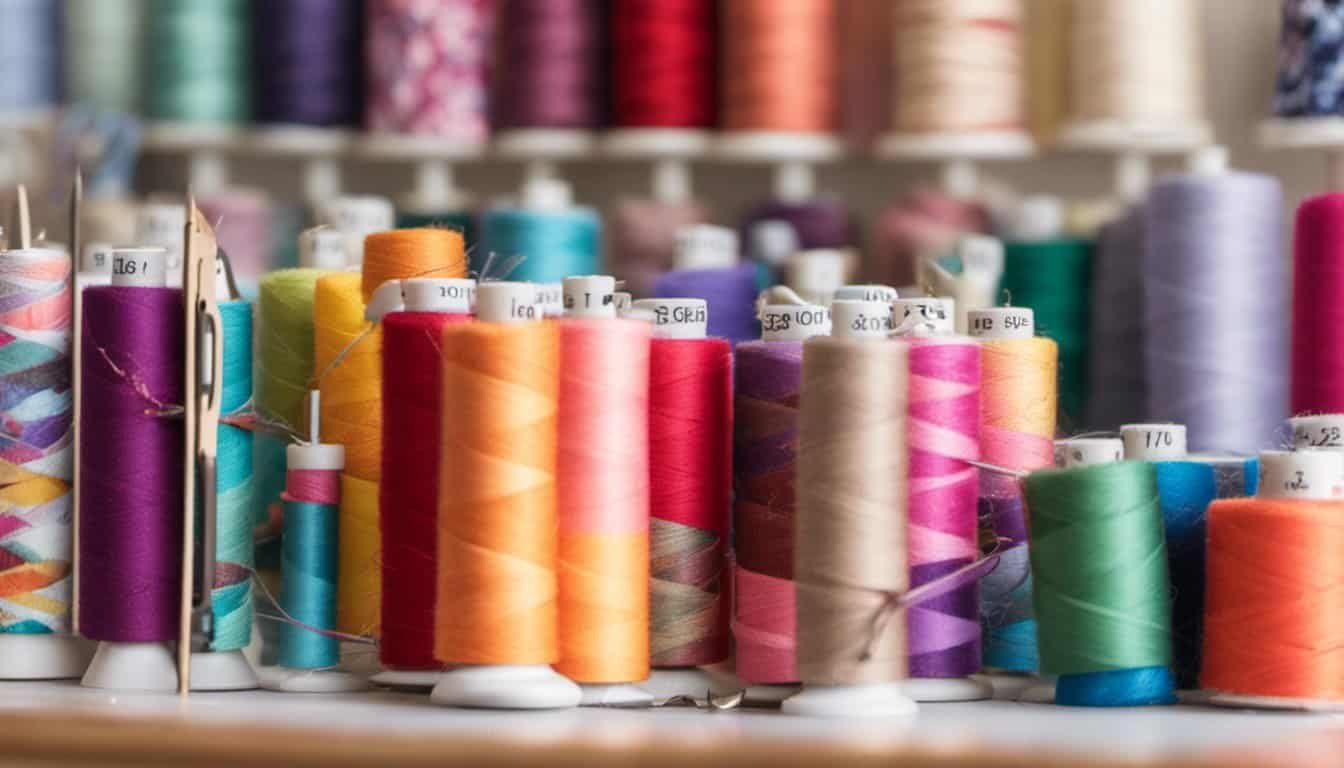
What to Do If Tension Adjustments Fail
If tension adjustments haven’t worked, check the threading. Ensure the upper thread is correctly threaded by following the machine’s manual. Rethread if necessary. Next, inspect the bobbin, making sure it’s correctly positioned in the bobbin case. Rewind the bobbin if it appears unevenly wound. Examine the needle to ensure it’s not bent or dull; replace it if required. Finally, test the tension by sewing on a scrap piece of fabric and make minor adjustments as needed.
When to Seek Professional Help
Seek professional help if issues persist after troubleshooting. Problems like mechanical malfunctions, internal misalignments, or electronic failures require a technician’s expertise. Look for service centers authorized by your sewing machine’s manufacturer, ensuring quality and warranty compliance. Professional help ensures your machine operates efficiently, extending its lifespan.
Conclusion
Mastering sewing machine tension is key to achieving beautiful, professional-looking stitches. By understanding the differences between top and bottom tension problems and knowing how to adjust them, you’ll be well on your way to sewing success. Regular maintenance like cleaning your machine and using the right thread and needle will help keep your tension consistent.
If you run into persistent issues, don’t hesitate to troubleshoot or seek professional help. Using authorized service centers ensures your machine stays in top shape. With these tips, your sewing projects will be smoother and more enjoyable!


